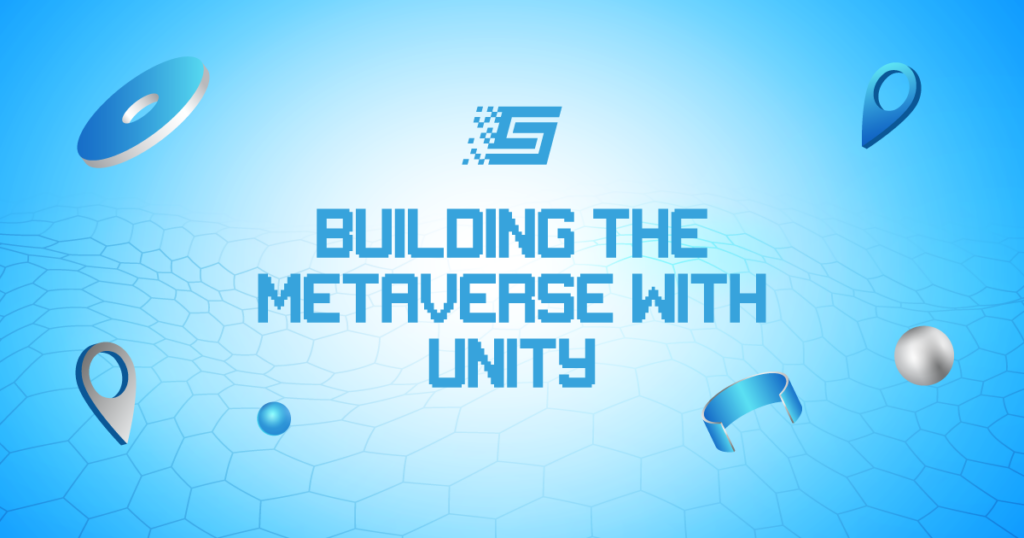Metaverse for Beginners: What is My Neighbor Alice
My Neighbor Alice is a blockchain game derived from popular video games like Farmville and Animal crossing. This multiplayer game allows players to interact, socialize and communicate with others. They would have to perform daily tasks and receive rewards for their activities. These tasks include fishing, farming, and gathering insects such as bees.
My Neighbor Alice is designed to attract all cryptocurrency stakeholders to own and manage digital assets within the game’s ecosystem. By doing so, the blockchain game can hasten the adoption of cryptocurrencies, especially its utility token, ALICE. More so, users have the opportunity to build virtual worlds within a peculiar and immersive digital universe.
Once users buy a piece of land, they can develop it by building whatever they want. So, you can start building your world from scratch until it becomes a complete universe. Different digital elements, such as plants, flowers, trees, buildings, etc., can help users decorate their landscapes. Also, users can access all these assets from an in-game marketplace.
At the center of these activities is the ALICE token, which facilitates all transactions within the ecosystem and helps make payments on the network.
Who created My Neighbor Alice?
Antler Interactive, a game development company that builds VR and mobile games created My Neighbor Alice. The company is headed by Anna Norrevik, who is one of the notable personalities behind My Neighbor Alice.
In March 2021, Antler Interactive launched the ALICE token on the Binance launchpad. Then in July 2021, they launched the game and made it available on Steam, a distribution platform for video games.
How it works
My Neighbor Alice is an open-world game where users can continuously explore Alice’s world. Further, players can generate an avatar to interact with other players.
This virtual world is subdivided into many virtual islands. Each island makes up several My Neighbor Alice plots of land. These plots of land are in the form of NFT, allowing users to customize them. Meanwhile, players can only buy a limited supply of land. Thus, the value of these digital assets increases with time. Also, the scarcity and rarity of digital assets determine their value.
Initially, players were able to access the game via Steam. However, a retail version became available in January 2022 with a game storyline that gradually unfolds as players move from one level to another.
Although My Neighbour Alice is a free-to-play game, players must pay transaction fees. They are required to pay these fees when buying or selling virtual assets.
Besides playing the game, there is another way users can earn income. This involves lending out virtual plots of land. Lenders can yield some income depending on the loan that they are providing. Whereas borrowers can receive NFTs from lenders as they play the game.
Why is the game unique?
My Neighbor Alice focuses on two primary audiences, DeFi lovers and gamers. The platform uses blockchain technology to design an open-world game and a lending system for NFTs.
With a smart contract, a feature of blockchain, its system guarantees that users will always get the NFTs that they loan out and receive their income. At the same time, players who do not loan out digital assets can also stake ALICE tokens.
In a nutshell, My Neighbor Alice combines blockchain gaming with DeFi to deliver one of the best play-to-earn games on the BNB Smart Chain.
What gives My Neighbor Alice value?
Three major factors determine the value of My Neighbor Alice. These are the technical potentials and technology used to create the project. Meanwhile, the third factor is its features, and use cases. These factors can help My Neighbor Alice become a game everybody wants to play. Moreover, they give it DeFi functionalities that create a trustless lending economy.
Due to the volatile nature of cryptocurrencies, the ALICE token’s inherent value does not always reflect the market value. Instead, the current trend and the market’s impetus drive the token’s value.
Moreover, My Neighbor Alice can attract DeFi aficionados and blockchain gamers. The higher the game is adopted, so would the value of the ALICE token increase. As a metaverse game, creating a digital asset for My Neighbor Alice also gives it pertinence as long as the metaverse keeps growing in popularity.
Why My Neighbor Alice is a secure gaming platform
My Neighbor Alice runs on the Chromia network. This network merges a relational database’s data storage and handling capabilities with the immutability and security of blockchain technology. Hence, Chromia Original, a blockchain NFT standard, contains more data than normal NFTs. Also, it functions as the main asset on the Chromia chain and as supplementary layers for either Ethereum or Binance Smart Chain.
Chromia is working on making My Neighbor Alice interoperable with other gaming platforms. Thereby making it possible for players to transfer assets and ownership from My Neighbor Alice to other gaming platforms.
My Neighbor Alice is secured by a decentralized autonomous organization (DAO) called The Community Council. This council ensures a democratic system of control where players can govern the game’s source code.
How to use My Neighbor Alice
My Neighbor Alice has multiple use cases. Accordingly, each player or user decides whether to stick with playing the game for rewards or utilizing the platform’s DeFi features. Such features include acquiring digital assets that can serve as a source of passive income (e.g., staking ALICE or renting out lands).
How to choose a wallet for ALICE
As earlier noted, Chromia makes ALICE a versatile asset. So, a player can trade ALICE on crypto exchanges or store it in non-custodial wallets. You can store the token either in hardware or a software wallet. While a hardware wallet is more secure and expensive, software wallets are affordable for everyone but can be less secure.
Conclusion
As the metaverse continues to take shape, blockchain games will also become an important sector of the metaverse industry. My Neighbor Alice is one of those blockchain games that can remain relevant in the metaverse due to its multiplayer and DeFi functionalities.


